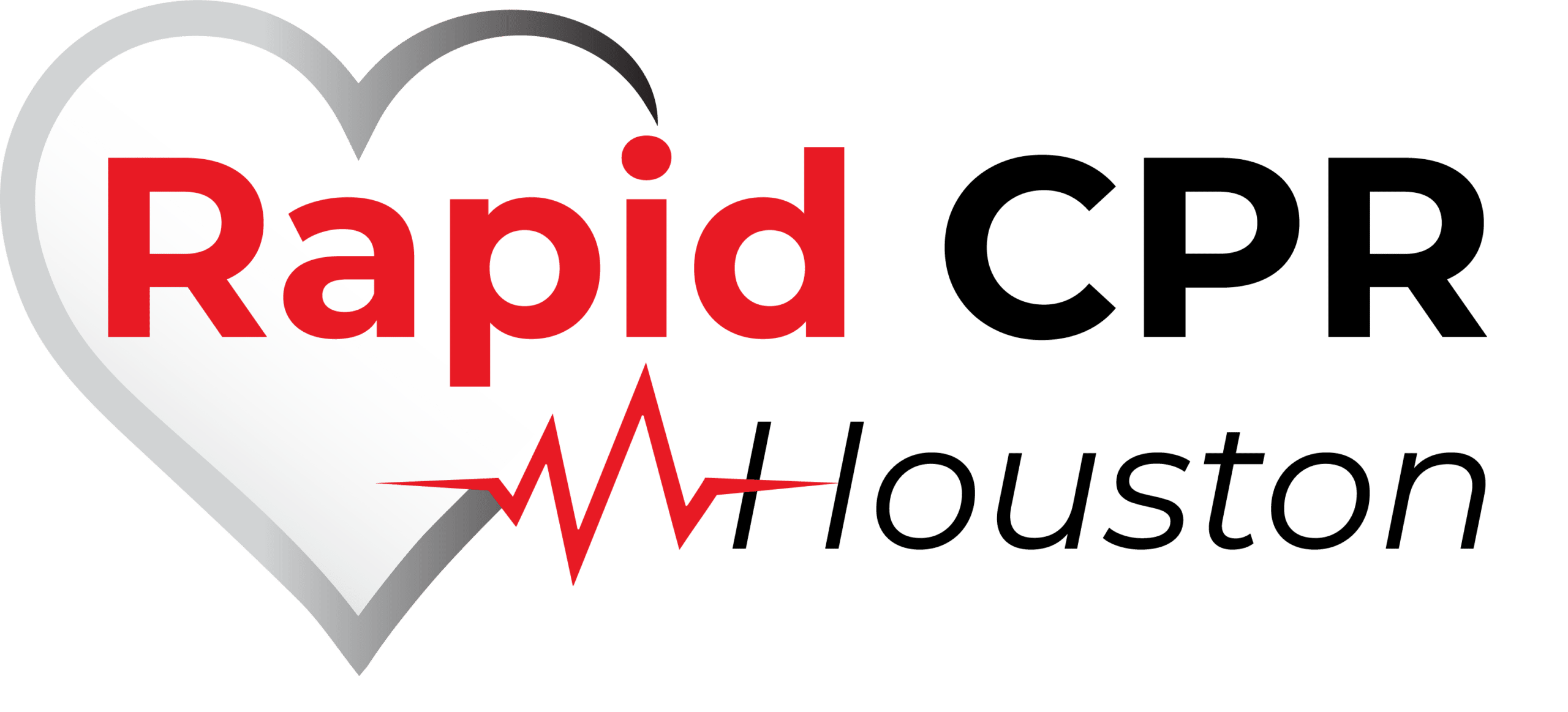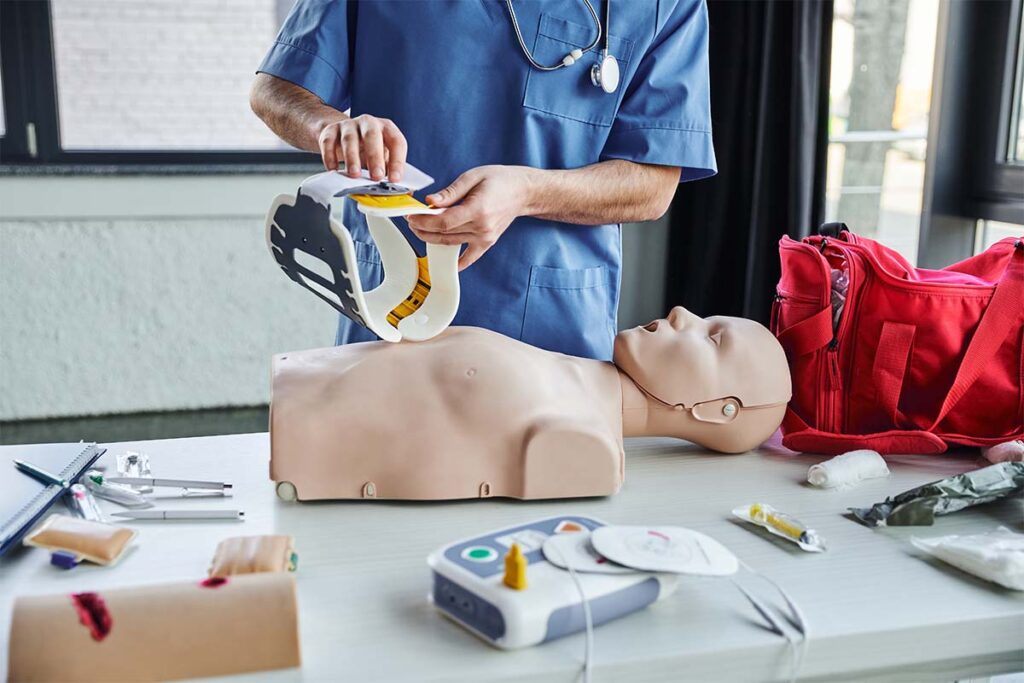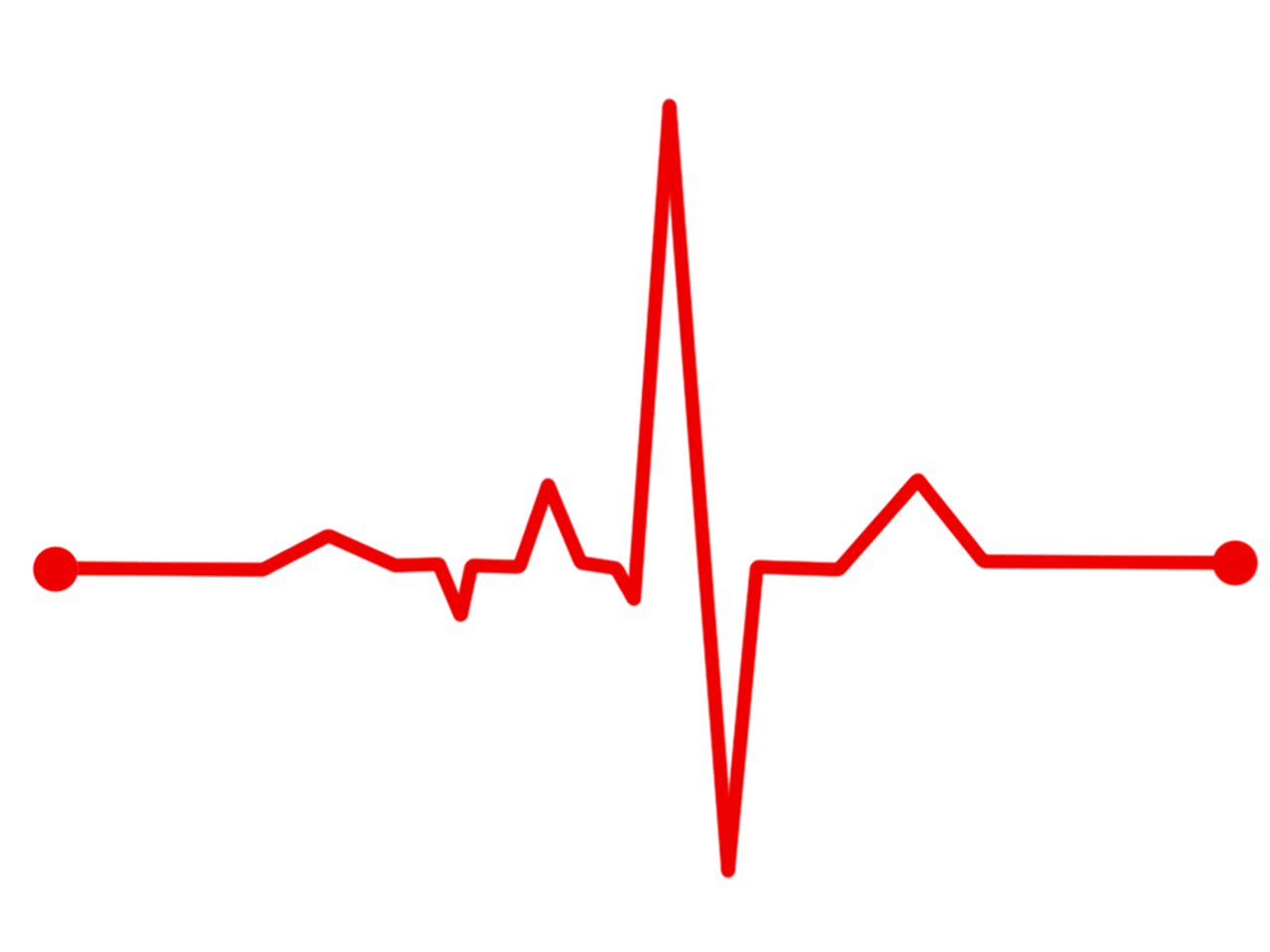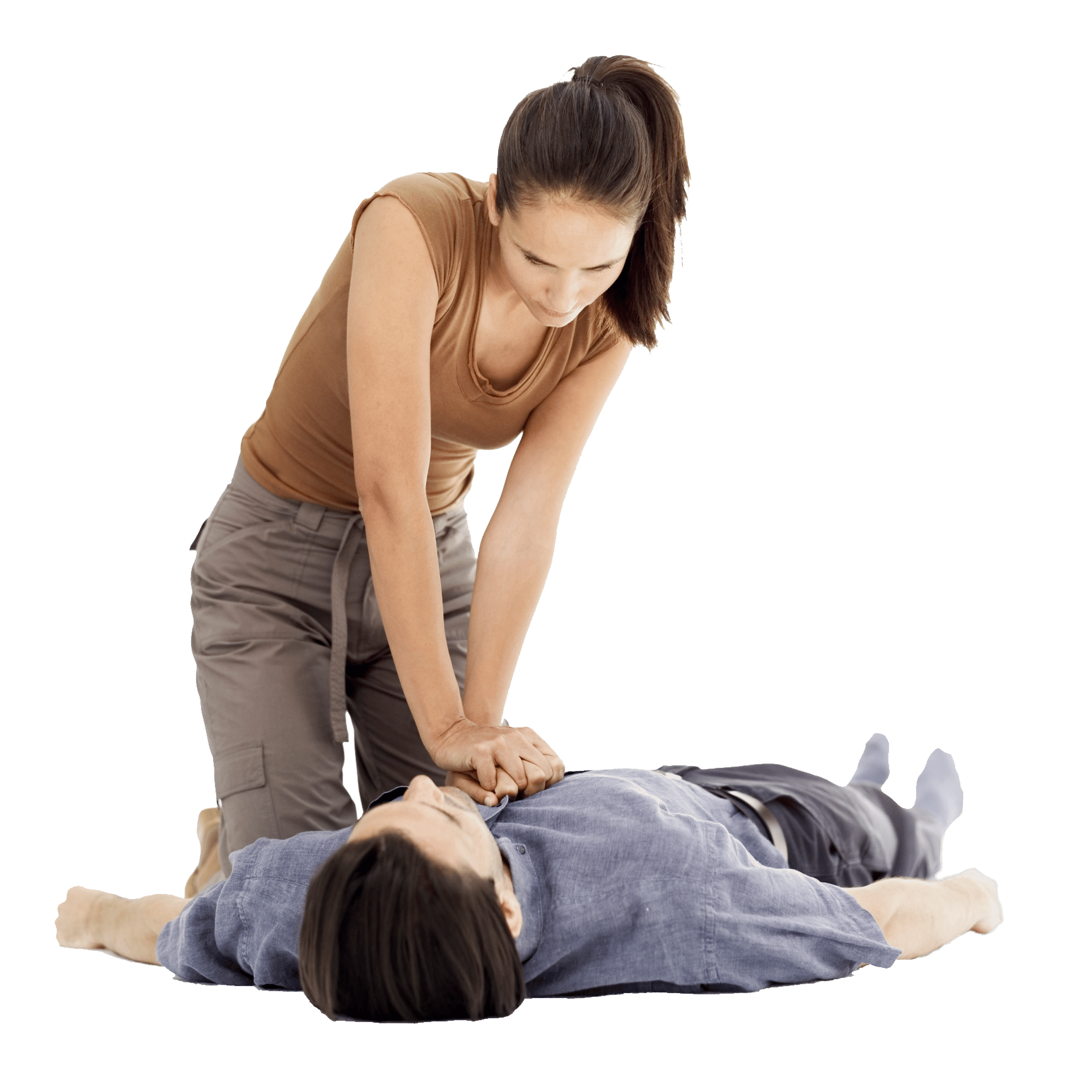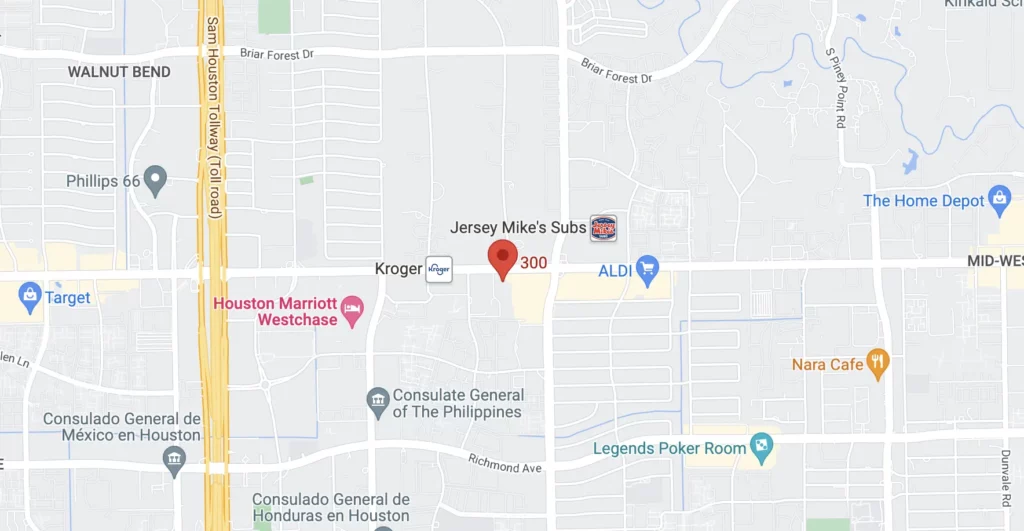Mastering AED Usage for Infants, Children, and Adults
In critical moments, an Automated External Defibrillator (AED) can be a lifesaving tool. Whether you’re a healthcare professional, a teacher, or a parent, knowing how to use an AED is essential. These devices can help restore a regular heart rhythm in cases of sudden cardiac arrest, making the difference between life and death.
AEDs are designed to be user-friendly, so even those with minimal training can operate them effectively. However, knowing the basics and understanding how to use one for different age groups can make your response more efficient and confident. It’s important to remember that while AEDs are intuitive, formal training ensures you’re fully prepared to act quickly and correctly.
Let’s explore what AEDs are, how they function, and why they are crucial in emergencies. With the right knowledge, you can be better equipped to handle emergencies involving infants, children, and adults. This readiness is not just beneficial; it can be lifesaving.
Understanding AEDs: What They Are and How They Work
An Automated External Defibrillator (AED) is a portable device that can help restart a person’s heart when it stops beating suddenly. It’s designed to be easy to use, even for people with no medical background. The AED analyzes the heart’s rhythm and, if needed, delivers an electric shock to help restore a normal rhythm.
AEDs have voice prompts, lights, and even illustrations to guide you through the process. These prompts tell you when and how to give chest compressions and when to deliver the shock. The device will not shock someone unless it detects a problem that can be treated with a shock, making it safe to use.
Using an AED quickly is crucial. Each minute that passes without defibrillation reduces a person’s chances of survival by about 10%. Having AEDs available in public places and knowing how to use them can save lives. By understanding how AEDs work, you can act confidently in an emergency.
AED Usage for Different Age Groups: Infants, Children, and Adults
Using an AED on infants, children, and adults requires slight adjustments. Here’s a breakdown of how to tailor AED use for different age groups:
1. Infants: For infants under one year old, use pediatric pads if available. Place one pad on the center of the chest and the other on the back. If pediatric pads aren’t available, adult pads can be used, but ensure they don’t touch each other when placed.
2. Children: For children aged one to eight, you should ideally use pediatric pads. Place one pad on the upper right chest and the other on the lower left side of the chest. If pediatric pads are not available, adult pads can be used with caution to avoid them touching.
3. Adults: For anyone over eight years old, use adult AED pads as instructed. Place one pad on the upper right side of the chest and the other on the lower left side. Follow the AED prompts carefully.
Knowing how to use AEDs correctly for different age groups ensures you can provide effective help across various situations. Proper training gives you hands-on experience, making you more prepared for real emergencies.
Common Myths and Misconceptions About AEDs
There are many myths and misconceptions about AEDs that can make people hesitant to use them. Let’s clear up some of these common misunderstandings.
1. AEDs Are Difficult to Use: Many people think AEDs require extensive training, but they are designed to be user-friendly. The device gives you clear, step-by-step instructions, making it easy for anyone to use in an emergency.
2. You Can Hurt Someone by Using an AED: The AED will only deliver a shock if it detects a life-threatening heart rhythm. This means you can’t accidentally shock someone who doesn’t need it.
3. AEDs Are Only for Adults: AEDs can be used on people of all ages, including infants and children. Most devices come with pediatric pads or settings to adjust the shock levels for younger patients.
4. Only Medical Professionals Should Use AEDs: While training is beneficial, AEDs are made for public use. Bystanders can significantly increase a person’s chances of survival by using an AED before emergency services arrive.
Understanding the facts about AEDs helps dispel fear and empowers more people to use these life-saving devices.
Why AED Training is Essential: Benefits and Next Steps
Getting trained to use an AED is important for several reasons. Here are the benefits of AED training and what you can do next:
1. Increased Confidence: Training helps you feel more confident in an emergency, so you’ll be more likely to act quickly and effectively.
2. Better Outcomes: Proper training ensures that you know how to use the AED correctly, increasing the chances of a positive outcome during a cardiac emergency.
3. Legal Protection: Many Good Samaritan laws offer legal protection to those who help in emergencies. Being trained can give you additional peace of mind.
4. Workplace and Public Safety: Trained individuals make workplaces and public areas safer overall. Your training can help save a colleague’s or a stranger’s life.
If you’re interested in getting trained, consider taking a certification class. Rapid CPR Houston offers comprehensive courses that cover CPR and AED use for all age groups. Start learning these essential skills today.
Learn AED Skills to Respond to Any Age Emergency
Using an AED can make the difference between life and death in sudden cardiac arrest situations. Knowing how these devices work and understanding the proper way to use them on infants, children, and adults is critical. By dispelling common myths and misconceptions, we can encourage more people to take action when it matters most.
Proper AED training goes beyond just understanding the basics; it builds confidence and ensures the best possible outcomes. Whether you are a healthcare professional, educator, parent, or concerned citizen, getting certified in AED use and CPR is a step toward making our communities safer.
For those in Houston, Rapid CPR Houston offers excellent training classes tailored to your needs. Our courses will equip you with the knowledge and hands-on practice necessary to handle emergencies effectively. Don’t wait until it’s too late—sign up for a class for our basic life saving certification in Houston and be prepared to save lives!
